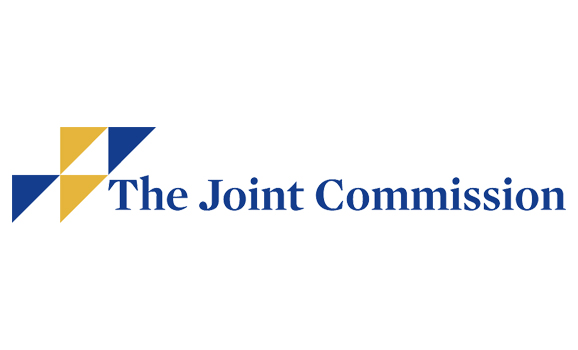 Perioperative Leadership
Perioperative Leadership
Hospital touts benefits of virtual reality training for nurses

Editor's Note Virtual reality is making training more immersive for nurses at SSM Health St Mary’s Hospital in Janesville, Wisconsin, according to a September 11 article in GazetteXtra. Although a first for St Mary’s, virtual reality has already been adopted by other SSM Health facilities, the outlet reports. Donning googles…
Study: OR noise raises risk of surgical error

Editor's Note Often exceeding federal safety limits, OR noise contributes significantly to communication breakdowns, heightened cognitive load, and increased surgical errors, according to a review of literature published September 17 in Cureus. Identified noise sources include surgical instruments, alarms, and staff conversations, which can reach up to 120 decibels (dBA)—a…
California updates guidance on CRNA scope of practice

Editor's Note Confusion about the scope of practice for Certified Registered Nurse Anesthetists (CRNAs) prompted The California Department of Public Health to update guidelines for acute care hospitals, MedPage Today reported September 18. Issued after violations at two Modesto hospitals resulted in hundreds of cancelled surgeries, a letter from the…
Vertical integration reshaping US healthcare: Impact on cost, access

Editor's Note A growing trend toward vertical integration in US healthcare is leading to significant changes in how care is delivered and billed, according to a new study by Brown University researchers published on September 16. Vertical integration refers to the consolidation of physician-owned practices into larger health systems, a…
WHO, Joint Commission mark World Patient Safety Day

Editor's Note In partnership with the World Health Organization (WHO), The Joint Commission and The Joint Commission and Joint Commission International (JCI) invite organizations, health professionals, patients, and their advocates to recognize World Patient Safety Day Tuesday, September 17. This year’s theme is “improving diagnosis for patient safety.” This theme…
Study: COVID-19 boosts risk of postoperative complications, longer hospital stays for emergency surgery patients

Editor's Note A recent study conducted at a tertiary care hospital in India showed concurrent COVID-19 infection on patients undergoing emergency surgery resulted in notably longer hospital stays and higher rates of postoperative complications. Published September 8 in Cureus, the retrospective cohort study analyzed data from 48 COVID-19-positive patients and…
Study: Preoperative depression boosts risk of postoperative delirium

Editor's Note Patients with depressive symptoms are nearly twice as likely to experience delirium after major surgery, according to a meta-analysis published September 4 in the journal Anaesthesia. The evaluation of the link between preoperative depression and postoperative delirium included data from 42 studies involving more than 4.6 million patients.…
Odin Medical’s AI-powered device for colonoscopy receives FDA clearance

Editor's Note Odin Medical, a subsidiary of Olympus Corporation, received Food and Drug Administration (FDA) 510(k) clearance for its cloud-based AI technology, the CADDIE™ computer-aided detection device, PRNewswire September 5 reports. Designed to assist gastroenterologists in detecting colorectal polyps during colonoscopy, the AI-powered system analyzes real-time video footage and alerts…
Study: Postoperative potassium risk overstated for cardiac bypass patients

Editor's Note The common practice of administering potassium after bypass surgery can be safely abandoned in patients with normal blood levels, according to results of the randomized TIGHT-K trial. According to a September 3 report in Medscape, potassium supplementation is a widely accepted means of reducing the risk of postoperative…
Healthcare projections show critical shortages of nursing assistants, nurse practitioners

Editor's Note The U.S. healthcare sector is projected to experience a shortage of 100,000 workers by 2028, according to an August 29 report by Mercer. This shortfall is expected to affect key roles such as nursing assistants, nurse practitioners, and specialized primary care physicians. Nursing assistants are projected to have…

 Free Daily News
Free Daily News